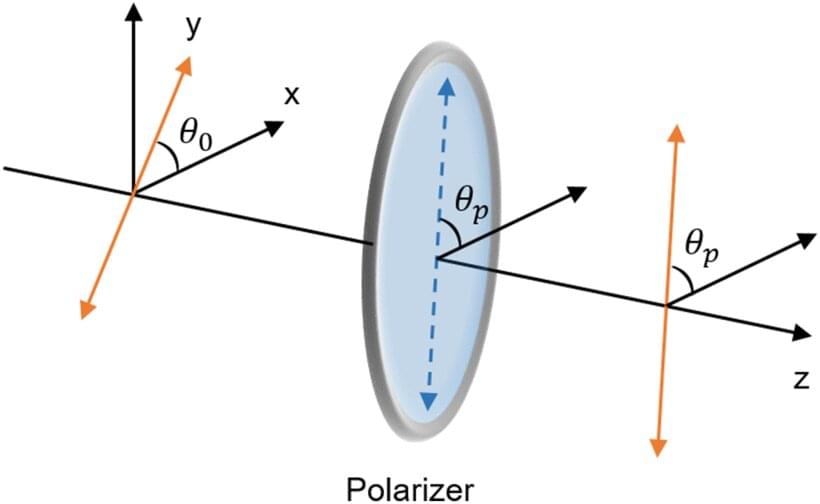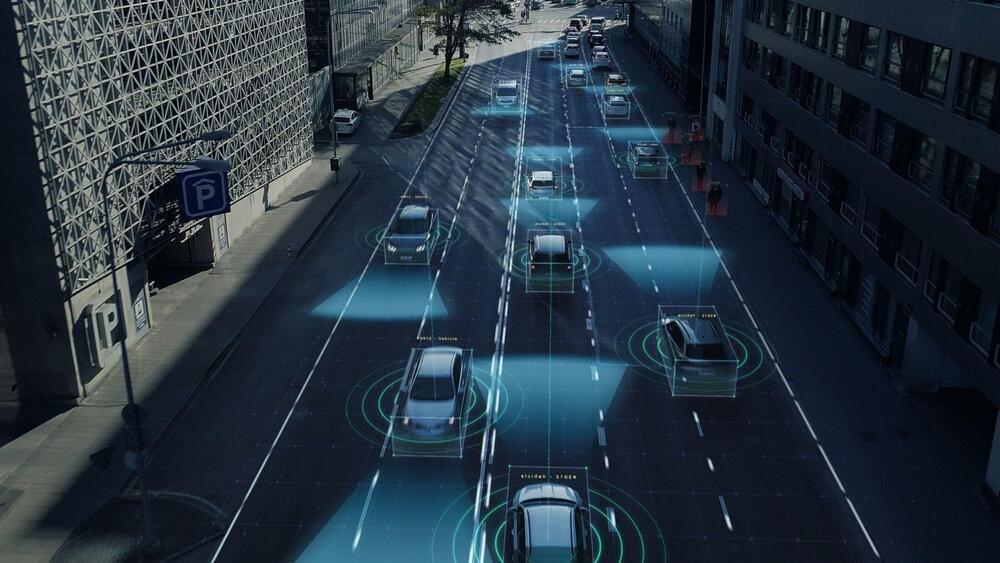Nov 1, 2022
China launches the final module of its Tiangong space station to orbit
Posted by Gemechu Taye in category: space
China is the first country to operate a space station on its own.
China is one step closer to completing its space station after it launched the third and final module to orbit aboard a Long March 5B rocket, a Bloomberg report.
The rocket took off from Wenchang Satellite Launch Center on Hainan Island at 3:37 p.m. local time Monday, October 31. The payload it lifted to orbit is the Mengtian laboratory module, which will complete China’s orbital station. rocket took off from Wenchang Satellite Launch Center on Hainan Island at 3:37 p.m. local time Monday, October 31. The payload it lifted to orbit is the Mengtian laboratory module, which will complete China’s orbital station.
















